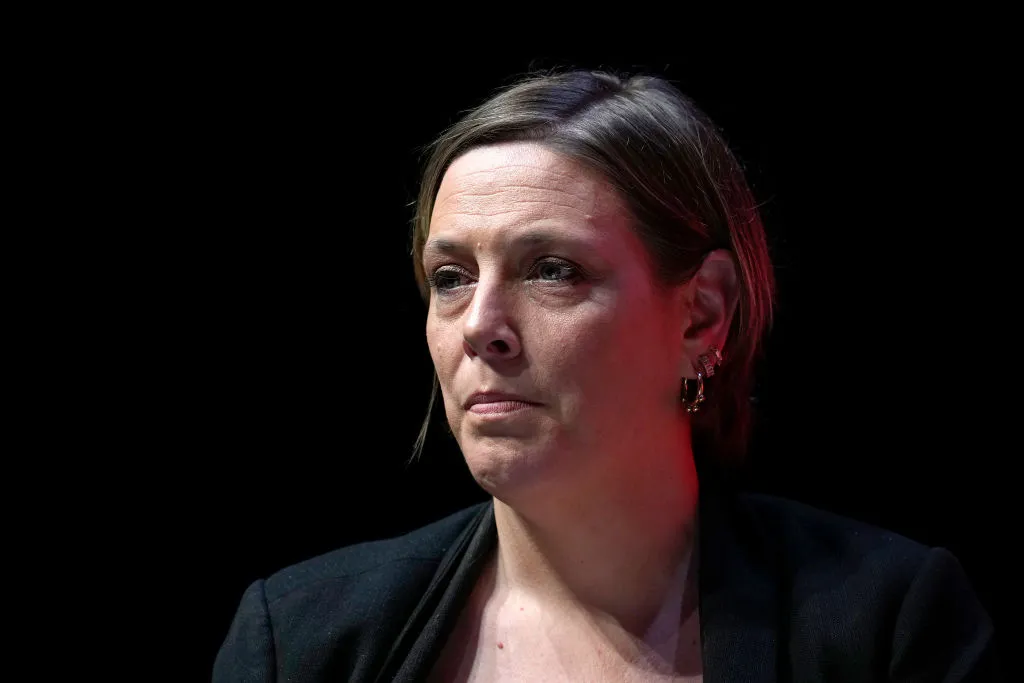
Introduction
Women’s football has witnessed remarkable growth over the past few years, transitioning from a sport often overshadowed by its male counterpart to one that commands the attention of fans, sponsors, and media alike. The relevance of this topic is marked not only by the rise in viewership and participation rates but also by the ongoing discussions surrounding equality, funding, and support for female athletes. With global tournaments like the FIFA Women’s World Cup gaining traction and more women’s leagues being established worldwide, the future of women’s football looks promising.
Recent Developments in Women’s Football
In 2023, the FIFA Women’s World Cup held in Australia and New Zealand set new records with over 1.5 million tickets sold, surpassing previous editions of the tournament. This event saw an increase in media coverage, with more than 60 broadcasters providing live coverage to an estimated global audience of 2 billion, marking a significant milestone for women’s sport.
Moreover, European clubs such as Chelsea, Barcelona, and Lyon have continued to invest heavily in their women’s teams, attracting top talent from around the world. The UEFA Women’s Champions League has also seen increased viewership, with matches now consistently drawing larger crowds and higher television ratings than ever before.
Challenges Facing Women’s Football
Despite these advancements, women’s football still faces several challenges. Disparities in funding compared to men’s teams remain a significant hurdle, impacting player salaries, facility access, and overall development of the sport. According to a report by FIFA, women’s football receives only about 10% of the funding allocated to men’s football globally.
Additionally, societal attitudes towards women in sport can hinder progress. Many female athletes continue to face sexism and stereotypes, which can affect their visibility and support within the community. Advocacy campaigns and support from high-profile figures in sport are crucial in shifting these narratives.
Conclusion
The future of women’s football is undoubtedly bright, with increasing participation, viewership, and institutional support contributing to its growth. As more women take to the pitch at all levels, the need for equality in funding, resources, and support becomes even more critical. Embracing women’s football not only enriches the sport’s landscape but also inspires a new generation of female athletes. Continued investment and promotion of the game is necessary to ensure that the progress made thus far is not only sustained but further intensified in the future.
You may also like

Jess Phillips: Championing Women’s Rights in Modern Politics

Cheltenham Town FC: A Season of Challenges and Opportunities
